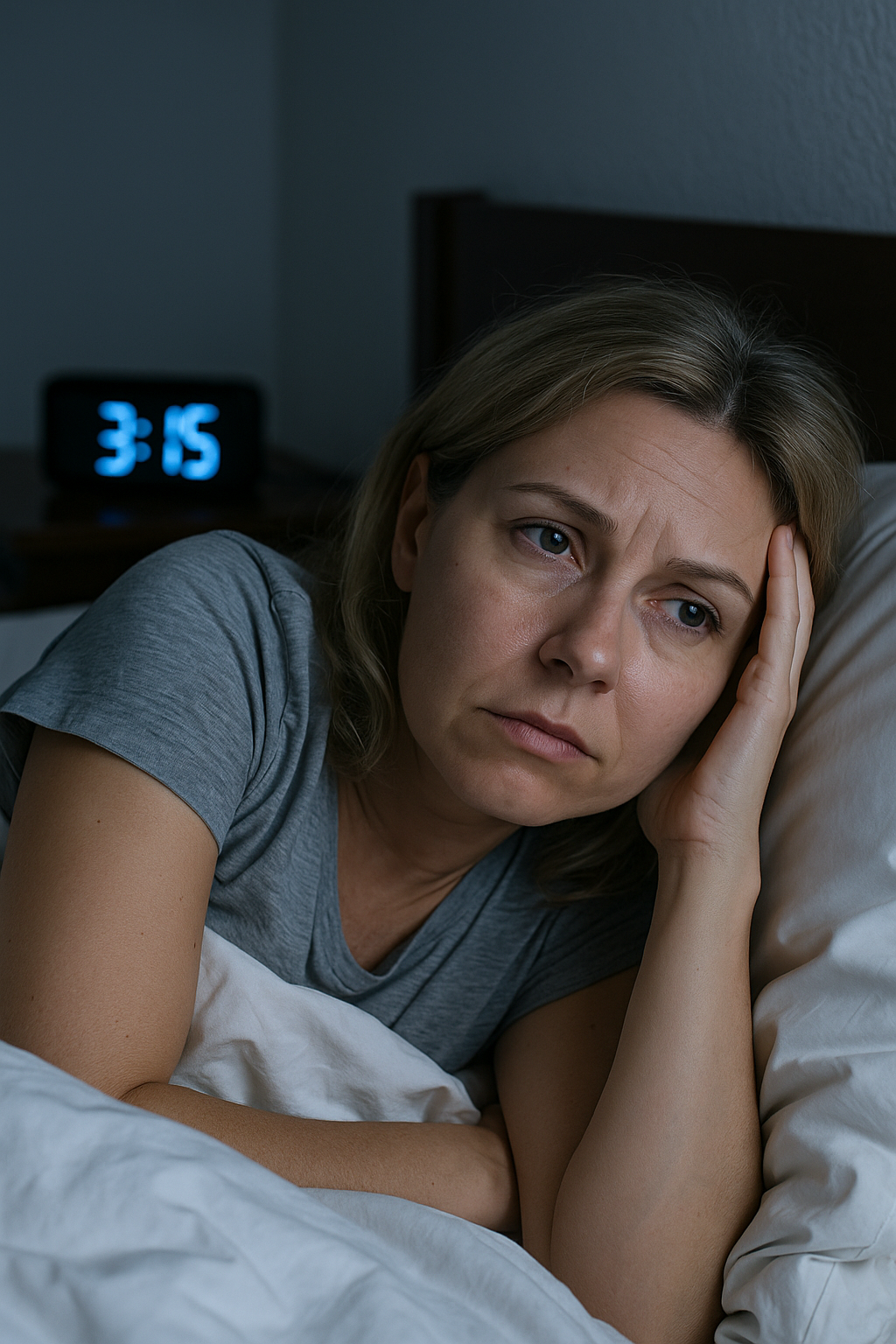In our always-on world, Sleep Disorders and Insomnia have quietly grown into global health challenges that affect productivity, mood, and overall well-being. Whether you live in the United States, the United Kingdom, or anywhere else on the globe, understanding how much sleep you truly need—and adopting proven insomnia remedies—can transform restless nights into restorative rest. This comprehensive guide delivers the latest 2024 statistics, clear explanations, and simple, science-backed hacks to help you reclaim your sleep.
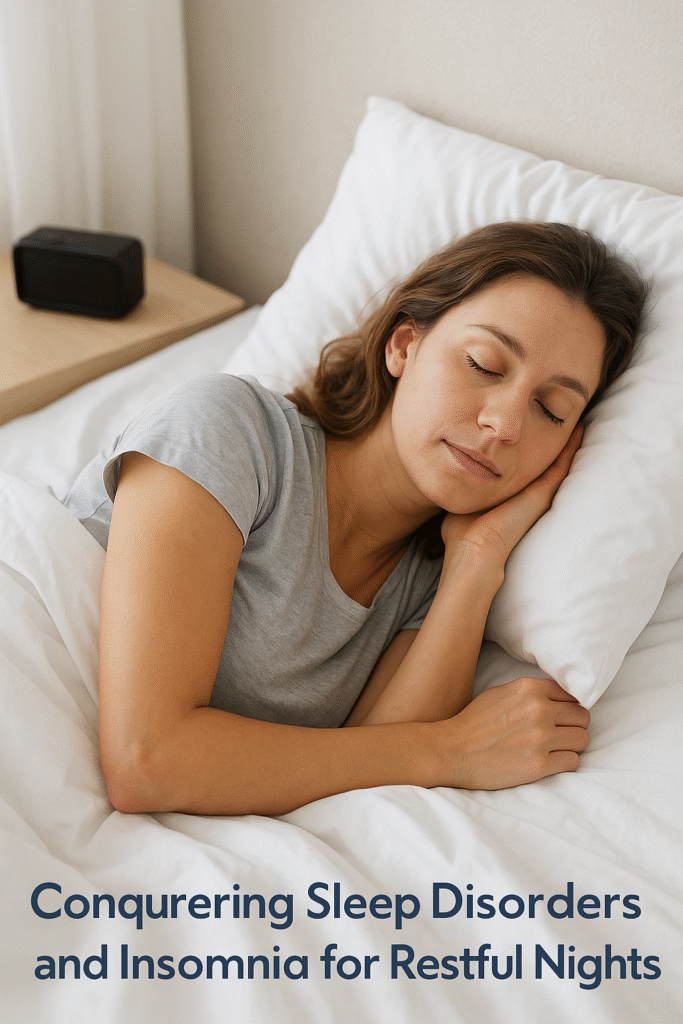
Table of Contents
- Why Quality Sleep Matters
- How Many Hours of Sleep Do You Really Need?
- Overview of Sleep Disorders and Insomnia
- Global, US & UK Sleep Statistics (2024)
- Common Causes of Insomnia
- Proven Insomnia Remedies & Hacks
- Building a Sleep-Friendly Routine
- When to Seek Professional Help
- Interactive 4-Week Sleep Improvement Plan
- Trusted Government Resources
- Disclaimer
Why Quality Sleep Matters
Sleep is not a luxury—it’s a physiological necessity. During deep sleep, your body:
- Rejuvenates immune function, repairing tissues and fighting infection
- Consolidates memory, storing new knowledge and experiences
- Regulates hormones that control hunger (ghrelin) and satiety (leptin)
- Balances mood, reducing anxiety and improving emotional resilience
Chronic sleep deprivation increases the risk of cardiovascular disease, type 2 diabetes, depression, and accidents at work or on the road. Prioritizing high-quality sleep is foundational to every aspect of health.
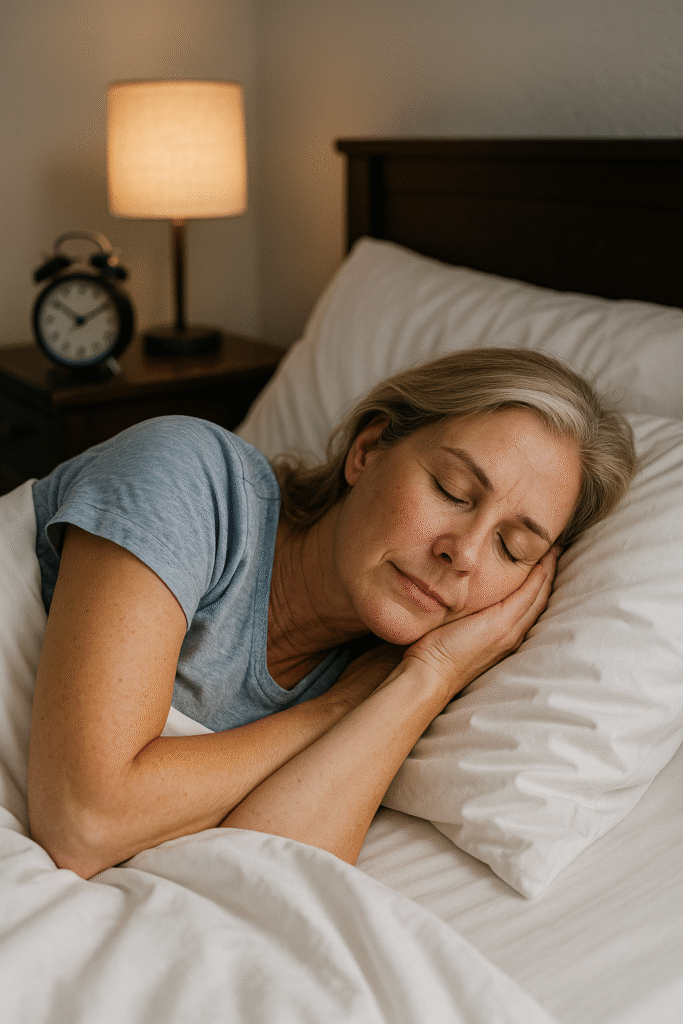
How Many Hours of Sleep Do You Really Need?
Sleep needs vary by age and individual factors like genetics and lifestyle. The general recommendations are:
| Age Group | Recommended Hours per Night |
|---|---|
| Children (6–12 yr) | 9–12 hours |
| Teens (13–18 yr) | 8–10 hours |
| Adults (18–64 yr) | 7–9 hours |
| Older Adults (65+) | 7–8 hours |
Most adults perform best with 7–9 hours of uninterrupted sleep. Less than 7 hours per night over time leads to cumulative “sleep debt,” impairing cognitive function and immune response.
Overview of Sleep Disorders and Insomnia
What Are Sleep Disorders?
Sleep disorders encompass a range of conditions that disrupt normal sleep patterns:
- Insomnia: Difficulty falling or staying asleep despite opportunity
- Sleep Apnea: Repeated breathing interruptions during sleep
- Restless Legs Syndrome (RLS): Uncomfortable leg sensations driving an urge to move
- Narcolepsy: Daytime “sleep attacks” and sudden loss of muscle tone
- Circadian Rhythm Disorders: Misalignment of internal clock (e.g., jet lag, shift work disorder)
Understanding Insomnia
Insomnia presents in two main forms:
- Acute Insomnia (short-term): Lasts days to weeks, often stress-triggered
- Chronic Insomnia: Persists at least three nights per week for three months or longer
Key symptoms include:
- Difficulty initiating sleep (taking >30 minutes)
- Frequent awakenings or early morning wakefulness
- Non-restorative sleep leading to daytime fatigue, irritability, or cognitive impairment
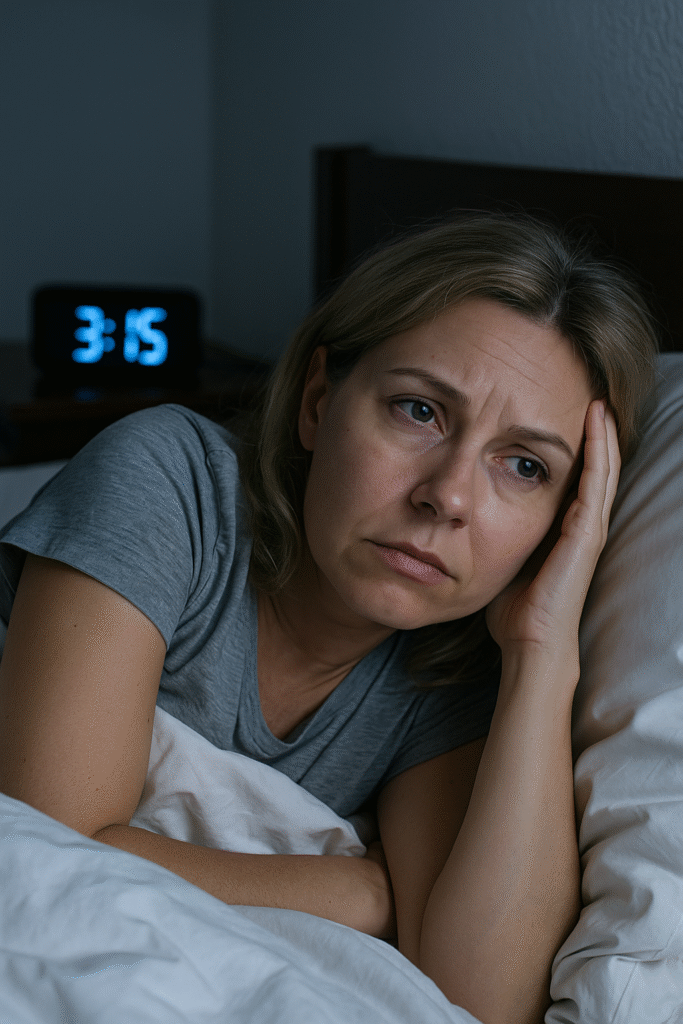
Global, US & UK Sleep Statistics (2024)
Worldwide Trends
- Approximately 30% of adults globally report symptoms of insomnia at some point.
- One in five adults experiences poor sleep quality, defined as waking unrefreshed three or more times per week.
United States Snapshot
- 35% of U.S. adults sleep fewer than 7 hours per night, according to the Centers for Disease Control and Prevention.
- Over 70 million Americans suffer from chronic sleep disorders, costing the U.S. economy an estimated $411 billion annually in lost productivity and healthcare expenses.
United Kingdom Overview
- The UK Sleep Foundation reports that 40% of British adults experience insomnia symptoms at least once per week.
- Sleep-related issues cost the National Health Service around £55 million per year in treatment and prescriptions.
These figures underscore that sleep struggles are universal—and addressable—with the right strategies.
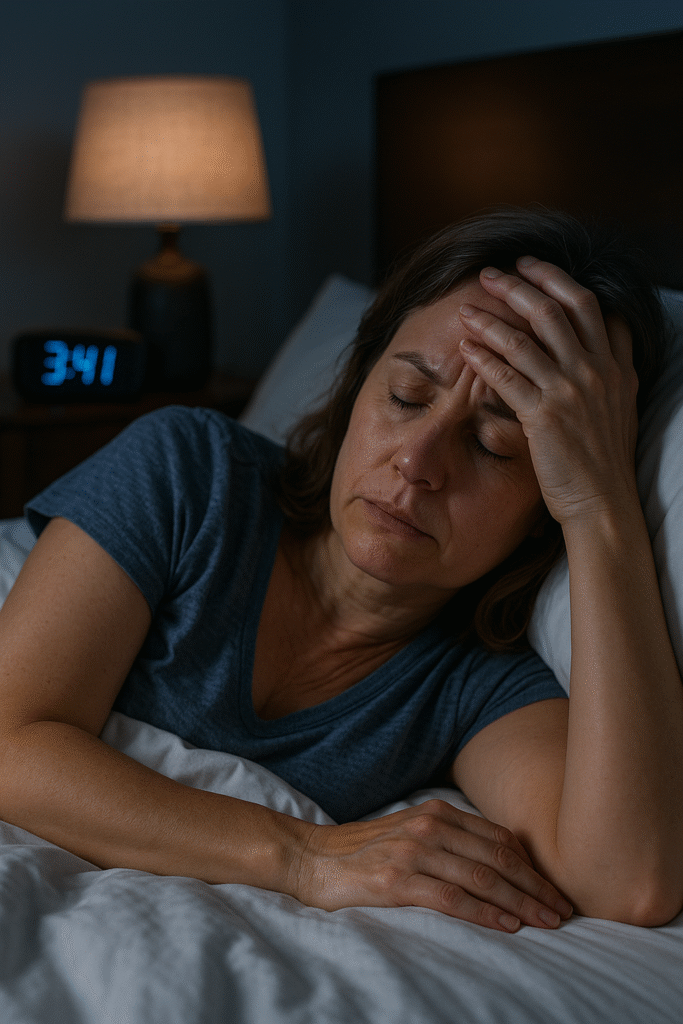
Common Causes of Insomnia
- Stress & Anxiety
Pressure at work, financial worries, or personal challenges activate the stress hormone cortisol, making it hard to switch off. - Screen Time & Blue Light
Exposure to phones, tablets, or TVs before bed suppresses melatonin production, delaying the natural sleep drive. - Caffeine & Alcohol
Caffeine’s half-life of up to 10 hours can disrupt sleep-onset, while alcohol fragments deep sleep stages. - Irregular Sleep Schedule
Varying bedtimes and wake-times confuse the circadian rhythm, reducing sleep efficiency. - Environmental Factors
Noise, light pollution, and uncomfortable room temperature all impair sleep continuity. - Medical Conditions & Medications
Chronic pain, asthma, depression, and certain prescriptions (e.g., stimulants, corticosteroids) can trigger insomnia.
Proven Insomnia Remedies & Hacks
1. Cognitive Behavioral Therapy for Insomnia (CBT-I)
- Gold Standard: Recognized by the American Academy of Sleep Medicine and the NHS.
- Approach: Identifies and reshapes thoughts and behaviors that perpetuate insomnia.
- Access: Many digital CBT-I programs exist—Sleepio (UK) and Beating Insomnia (US) offer guided online courses.
2. Bedroom Optimization
- Temperature: Keep room cool (around 65°F/18°C).
- Darkness: Use blackout curtains or a sleep mask.
- Quiet: Earplugs or white-noise machines can mask disruptive sounds.
- Comfort: Invest in a supportive mattress and pillows suited to your sleep position.
3. Relaxation Techniques
- 4-7-8 Breathing: Inhale for 4 seconds, hold 7, exhale for 8 to activate the parasympathetic nervous system.
- Progressive Muscle Relaxation: Tense and release muscle groups from toes to head.
- Guided Meditation: Apps like Calm or Headspace feature sleep-focused tracks.
4. Sleep Restriction Therapy
- Method: Limit time in bed to match average sleep duration (e.g., if you sleep 6 hours, spend no more than 6 hours in bed).
- Goal: Increase sleep efficiency by consolidating fragmented sleep.
- Progression: Gradually extend time in bed by 15–30 minutes as sleep quality improves.
5. Strategic Use of Supplements
- Melatonin: Short-term use can reset circadian rhythms—start with 0.5–3 mg, 30–60 minutes before bed.
- Magnesium Glycinate: Supports muscle relaxation—200–400 mg before bedtime.
- Herbal Aids: Valerian root, chamomile, or passionflower teas may promote calm, but consult your doctor first.
Building a Sleep-Friendly Routine
Consistency and environment work hand-in-hand:
| Evening Routine Step | Action |
|---|---|
| 1. Digital Wind-Down | Stop screens 60–90 minutes before bedtime |
| 2. Calming Ritual | Read a paperback, stretch, or sip herbal tea |
| 3. Pre-Sleep Visualization | Picture a relaxing scene for 5 minutes |
| 4. Lights Out | Establish a fixed lights-off time |
| 5. Morning Sunlight Exposure | Get 10–15 minutes of natural light within 30 minutes of waking |
Tip: Keep a sleep journal to track bedtime, wake-time, perceived sleep quality, and factors (caffeine, stress) to identify patterns.
When to Seek Professional Help
Consult a healthcare provider if:
- Insomnia persists more than three weeks despite good sleep hygiene
- Daytime fatigue interferes with daily tasks or safety (driving, operating machinery)
- You experience loud snoring or gasping—possible sleep apnea
- You rely on over-the-counter or prescription sleep aids more than twice weekly
A sleep specialist may recommend a polysomnography (overnight sleep study) to diagnose disorders like sleep apnea, narcolepsy, or periodic limb movement.
Interactive 4-Week Sleep Improvement Plan
| Week | Focus | Action Items |
|---|---|---|
| 1 | Establish Consistency | Choose fixed bedtime/wake-time; track in sleep journal |
| 2 | Optimize Environment | Implement blackout curtains, adjust room temperature |
| 3 | Introduce Relaxation Techniques | Practice 4-7-8 breathing and muscle relaxation nightly |
| 4 | Evaluate & Adjust | Review journal, tweak routine, consider digital CBT-I |
Your Challenge: Download or print this table. Check off each week’s goals and jot notes on what worked best—personalization is key.
Trusted Government Resources
- CDC – Sleep and Sleep Disorders (US):
https://www.cdc.gov/sleep - NHS – Insomnia and Sleep Problems (UK):
https://www.nhs.uk/conditions/insomnia - World Health Organization – Sleep Health Fact Sheet:
https://www.who.int/news-room/fact-sheets/detail/sleep-health - National Sleep Foundation – Educational Guides:
https://www.sleepfoundation.org
Disclaimer
This post is for educational purposes and should not replace professional medical advice. Always consult a qualified healthcare provider for personalized diagnosis and treatment, especially if you have underlying health conditions or are taking medications. Individual results may vary. All images used in this article are royalty‑free or licensed for commercial use and are provided here for illustrative purposes.
